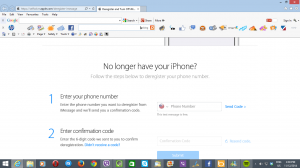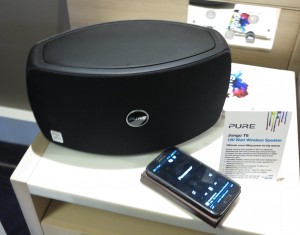Article
Why Apple’s iRadio could fly or flop | Business Spectator
My Comments
We have seen the likes of Pandora, Spotify and last.fm establish themselves in the new world of listener-driven music-on-demand “virtual-radio” services. These offer the ability for listeners to “pull up” and play songs on what is effectively a “worldwide jukebox”.
They also have a function to play content like what has been listened to previously as a “virtual radio station” with this factor based on what music you have searched for previously or, in the case of last.fm, content you have listened to from your own library.
Most of these services operate on a freemium model which provides free ad-supported listening on a regular computer or allows the user to listen to the content ad-free on more devices for a subscription of up to AUD$120 per year. As well, an increasing number of consumer electronics manufacturers are integrating access to the services as functions for their network-capable audio and AV equipment.
Now Apple has started to enter this crowded market with their iRadio service. This will be typically tied in to their MacOS X and iOS computing platforms through iTunes integration. They are playing on the people who use their computing platforms and offer the same kinds of service – a free ad-supported service or a premium subscription service.
They will have to compete against Pandora, Spotify & Co for both listeners’ ears and ad dollars when targeting this market. This is especially as these services can be listened to from the Apple platforms whether through a Web page or a platform-specific app. There will be the usual limitations of not being able to benefit from iRadio content on devices other than Apple devices.
Personally I would like to see Apple integrate the iRadio service with the iTunes Store in the way that a person could buy the content they listen to using the iTunes “download-to-buy” music store. This could be a way to work their iTunes platform harder and, in some cases, provide a new way of buying music – “buy as you listen”.
Similarly, could other computing-platform companies like Google or Microsoft jump on the bandwagon and license music through their own “virtual radio” services? As well, could a “download-to-own” online music store run a subscription “virtual radio” service of their own?
Another trend that is also surfacing is the creation of software like Tomahawk that integrates multiple subscription music services and your own music library to search for music content or run custom playlists. This capitalises on the fact that one could be subscribing to two or more of these services whether as a free ad-driven setup on one of them and a full paid service on anther in order to catch more of the music or use with more of the devices they have.
What I see of these services is them existing as a complementary service to one’s physical or digital music library and access to traditionally-programmed broadcast radio. Here, these services work as a way to track down elusive items of music to hear them again or to discover music similar to what you are listening to.



